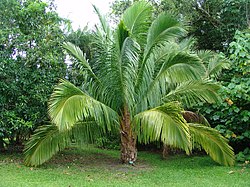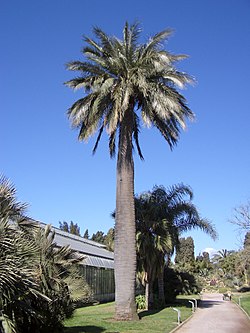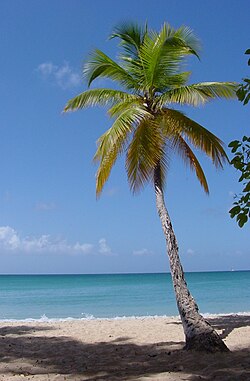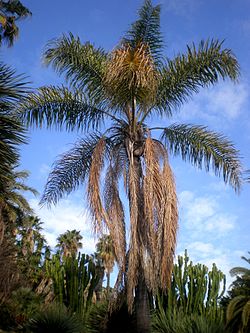| Cocoseae | |
|---|---|
 | |
| Scientific classification | |
| Kingdom: | Plantae |
| Clade: | Tracheophytes |
| Clade: | Angiosperms |
| Clade: | Monocots |
| Clade: | Commelinids |
| Order: | Arecales |
| Family: | Arecaceae |
| Subfamily: | Arecoideae |
| Tribe: | Cocoseae Mart. ex Dumort. |
| Genera | |
See text | |
Cocoseae is a tribe of cocosoid palms of the family Arecaceae. [1] [2]















